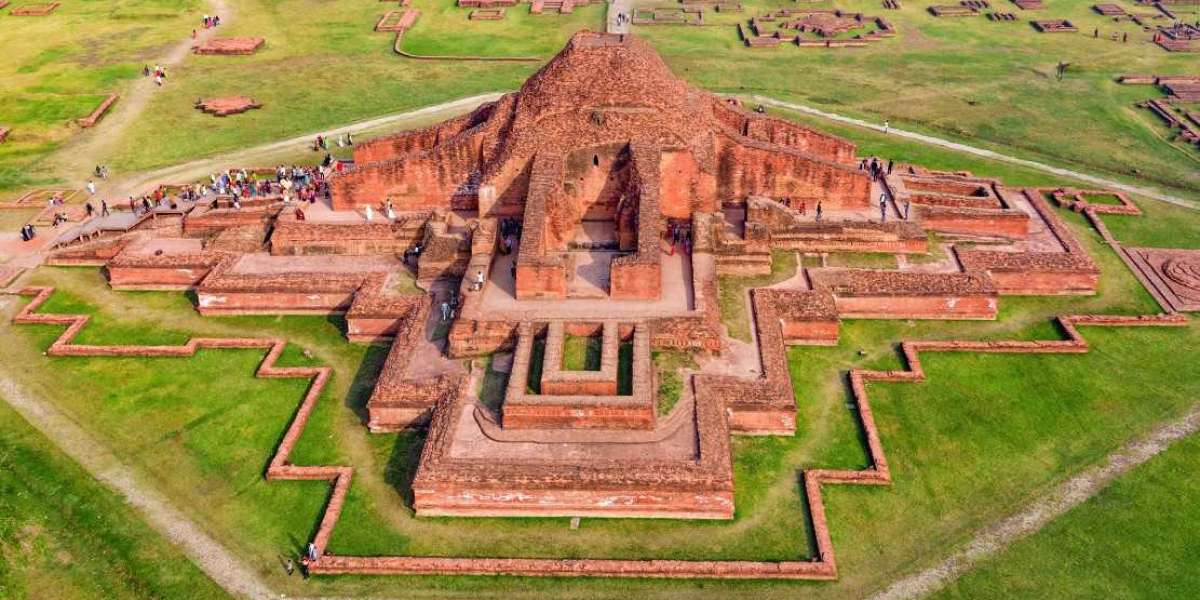Jewelry design has a rich history that spans thousands of years, reflecting cultural shifts, technological advancements, and artistic movements. From the intricate pieces of ancient civilizations to the contemporary masterpieces we see today, the journey of jewelry design is both fascinating and complex.
Ancient Beginnings of Jewelry Design
In ancient times, jewelry served not only as adornment but also as a symbol of status and power. Early civilizations, such as the Egyptians and Mesopotamians, crafted jewelry using materials like gold, silver, and precious stones. These pieces often featured intricate designs that told stories or conveyed religious significance. Have you ever wondered how these ancient artisans achieved such detail with limited tools?
- Use of natural materials: Shells, bones, and stones were commonly used.
- Symbolism: Jewelry often represented deities or significant cultural motifs.
- Techniques: Techniques like granulation and filigree were developed to enhance beauty.
The Renaissance and the Flourishing of Jewelry Design
The Renaissance marked a significant turning point in jewelry design. Artists began to explore new techniques and styles, leading to the creation of more elaborate and artistic pieces. This era saw the rise of gemstone cutting and the introduction of new materials, such as enamel. Would you like to know how these innovations influenced modern jewelry?
During this period, jewelry became a form of personal expression. Wealthy patrons commissioned unique pieces that reflected their individuality. The craftsmanship involved in creating these items laid the groundwork for future generations of jewelers.
Modern Jewelry Design: Trends and Techniques
Today, jewelry design continues to evolve, influenced by fashion trends, technology, and sustainability. Contemporary designers often blend traditional techniques with modern aesthetics. For instance, the use of CAD (Computer-Aided Design) has revolutionized the way jewelry is conceptualized and produced.
- Customization: Many consumers now seek personalized jewelry, leading to a rise in bespoke designs.
- Sustainable practices: Eco-friendly materials and ethical sourcing are becoming increasingly important.
- Innovative materials: Designers experiment with unconventional materials, such as resin and recycled metals.
The Future of Jewelry Design
As we look to the future, the field of jewelry design is poised for further transformation. The integration of technology, such as 3D printing and augmented reality, will likely change how we create and experience jewelry. Furthermore, the growing emphasis on sustainability will shape the materials and methods used in the industry.
For those interested in exploring the world of jewelry design, consider visiting for inspiration and resources.
In conclusion, the evolution of jewelry design is a testament to human creativity and innovation. From ancient artifacts to modern masterpieces, this art form continues to captivate and inspire. As we embrace new technologies and ideas, the future of jewelry design promises to be as rich and diverse as its past.







